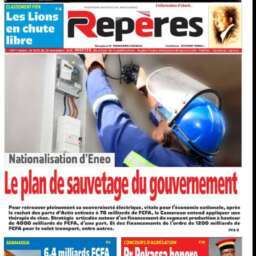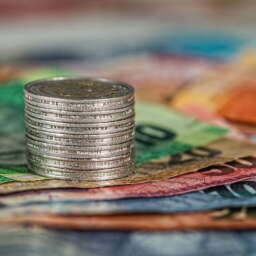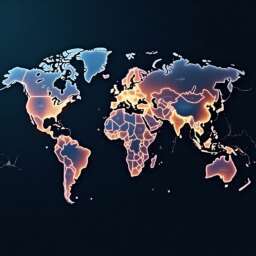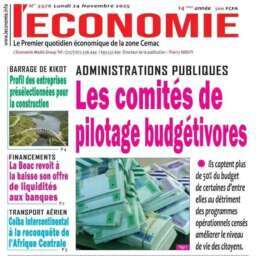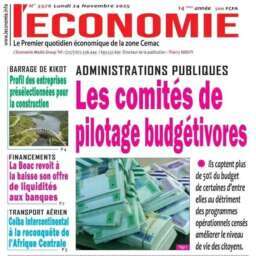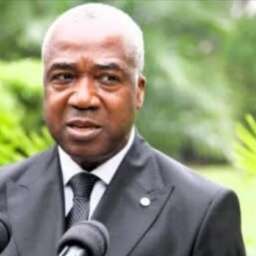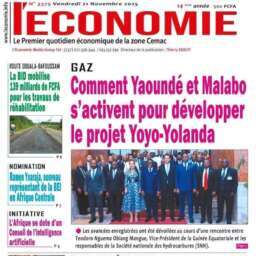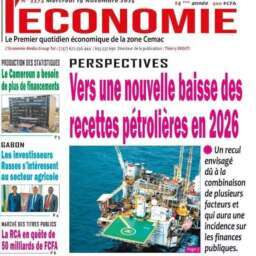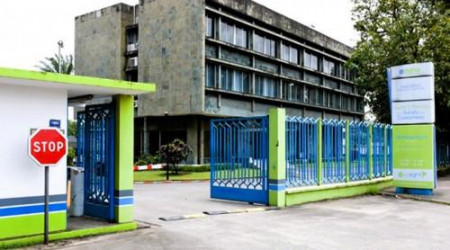(Business in Cameroon) – Cameroon’s electricity sector is sinking deeper into financial distress, weighed down by mounting debt, underinvestment, and the fragility of its operators. According to the Energy Compact Country Report from the Ministry of Water and Energy (Minee), Eneo Cameroun, the national power distributor, recorded total debt of CFA800 billion at the end of 2024, including CFA500 billion owed to suppliers and CFA80 billion in receivables. In 2022, its debt already stood at CFA700 billion, with CFA336 billion due to suppliers. Creditors include several state entities such as Sonatrel, EDC, Sonara, SNH-Tradex, and the regulator Arsel.
A subsidiary of British investment fund Actis, which holds 51% of its capital, Eneo returned to profit in 2022 with a net income of CFA10 billion after a CFA35.5 billion loss in 2021, followed by CFA8.4 billion in 2023. However, its cash position has deteriorated sharply, falling from a surplus of CFA3.62 billion in 2022 to a deficit of CFA1.58 billion in 2023.
The Minee now considers Eneo a budgetary risk for the state, describing the utility as unable to cover operating expenses and warning that it could create gaps between projected and actual government revenues or spending. On June 8, 2023, then-Director of Electricity Lionel Omgba Oyono warned of “a high risk of payment default by the concessionaire” during a meeting with the World Bank.
Structural weaknesses and financial strain
The ministry cites multiple structural issues: limited access to financing for infrastructure upgrades, chronic underinvestment in transmission and distribution, and weak governance. Between 2014 and 2022, Eneo invested CFA320 billion, 40% of which (CFA128 billion) went into the distribution network—an amount even the company deems insufficient. Eneo failed to secure a CFA210 billion loan from the International Finance Corporation (IFC) due to concerns over its financial health and governance quality.
The company relies heavily on short-term bank loans and operates an aging network. In 2023, both technical and commercial losses reached 14%, while collection rates remained low, hampered by fraud and unpaid bills from public entities.
Government moves toward restructuring by 2026
To address the crisis, the government is preparing a comprehensive recovery plan through 2026. It includes the state’s acquisition of Actis’s stake in Eneo in 2025, a full diagnostic and restructuring plan by February 2026, and debt reorganization within the same period. A strengthened mechanism for collecting unpaid public-sector bills is also expected to take effect by 2026 to ease financial pressure on the utility.
Since 2023, electricity tariffs for medium-voltage customers (3 to 10 MW) have been progressively adjusted, with a 10% annual increase planned through 2026 to align prices with service costs. This measure has boosted Eneo’s revenue by about CFA18 billion between 2023 and 2024, or roughly $30 million.
The challenge remains significant. According to Minee, restoring the power sector’s viability will require an overhaul of the distribution system, stricter financial discipline, and infrastructure modernization. The government aims to restore balance by 2028 with three main goals: achieving full bill recovery by 2026, improving distribution efficiency to 88% by 2030, and developing a comprehensive financial model for the sector by the end of 2025.





